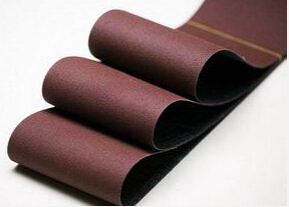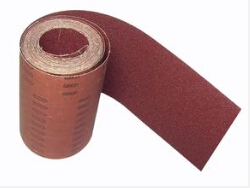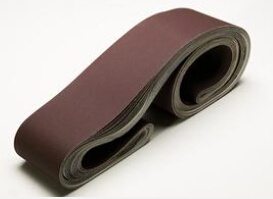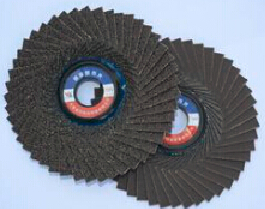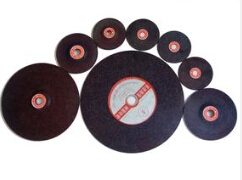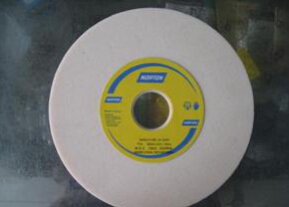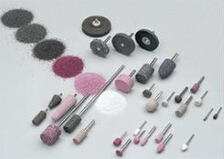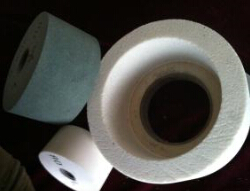Physical Properties and Application of Tabular Alumina
Zhongsen Editor 2023-11-05The tabular alumina is the alumina smelted without electric furnace. It is made of calcined bauxite, wet ball milled to 3 microns of fine slurry, and then formed into grinding particles of various geometric shapes through pressure filtration, and sintered at 1500 ℃. Tabular alumina is a kind of pure shrinkage sintered alumina without any additives such as MgO, B2O3, etc. It has coarse crystals and good development α- Al2O3 crystal structure.
- Physical properties of tabular alumina
1. Unit weight. The unit weight of tabular alumina refers to the weight of material per unit volume in natural state. Generally, the tabular alumina with small unit weight is favorable for dissolution in electrolyte.
2. Grain size. The grain size of tabular alumina refers to its thickness. The grain size of tabular alumina must be appropriate. If it is too coarse, it will dissolve slowly in the electrolyte, even precipitate; Too much detail is easy to cause flying loss.
3. Specific surface area. The specific surface area of tabular alumina refers to the total surface area of the sum of the external surface area and the internal surface area of the material per unit weight. It is an important indicator of material activity. The manufacturers of tabular alumina also know that tabular alumina with large specific surface area has good solubility and high activity in electrolyte, but it is easy to absorb moisture.
4. Wear coefficient. The so-called wear coefficient is the percentage change of particle size content in the sample after the tabular alumina is abraded on the fluidized bed under controlled conditions. The wear coefficient is a physical index to characterize the strength of tabular alumina.
- Application range of tabular alumina
The properties of tabular alumina have many applications in the field of refractories. It is mainly used in steel industry. The tabular alumina is an ideal material for high alumina bricks and amorphous linings containing 90-100% alumina. The tabular alumina is suitable for ceramic, chemical and water binding matrices.
The tabular alumina can be used alone and in combination with the system, or with calcined/activated alumina. Because even fine powder of tabular alumina shows high purity, it can be used to improve the performance of lower alumina aggregate.
It can be divided into the following categories:
1. The tabular alumina is the aggregate selected for amorphous and shaped high-performance refractories.
2. The tabular alumina is an ideal refractory material, which can be used as aggregate in various aluminum refractories, and can also be added to other aluminum unshaped refractories. All parts where fused alumina or white alumina is used can be replaced by tabular alumina, and the performance of refractory can be improved.
3. It is widely used in steel, casting, petrochemical, ceramics and incineration industries.
4. Ground tabular alumina powder is an excellent product used as filler of epoxy resin or resin system, which can obtain the desired high insulation strength, thermal conductivity and wear resistance.
1) Due to its high hardness, good wear resistance and high strength, it is used as a component of various reaction vessels, pipelines and chemical pumps in chemical systems; Make mechanical parts and various moulds, such as wire drawing mould, pencil lead extruding mould mouth, etc; It can be used as cutting tool, abrasive tool, bulletproof material, human body joint, sealing grinding ring, etc.
2) Because of its high temperature insulation, the threading tube and protective tube used as thermocouples in atomic reactors are still excellent in insulation, with small loss and dielectric constant. They are widely used in the electronic industry for solid integrated electric furnace substrate tube base, shell, porcelain frame, micro thin window, missile radar antenna protective cover, etc.
5. Other applications include electrical insulators, kiln furniture and catalyst carriers. In addition, transparent alumina products can be made into lamp tubes and microwave fairings. In addition, Na-b-Al2O3 products are electrolyte materials for manufacturing sodium sulfur batteries.
1) Al2O3 is an ionic crystal with stable structure. When used at high frequency, high voltage and high temperature, its insulation is still excellent. In addition, its loss is not large and its dielectric constant is not large. It is widely used in the electronic industry to extrude solid into circuit substrate tube base, shell, porcelain frame, micro glass window, missile radar antenna protective cover, etc.
2) alumina products have good air tightness and are airtight even at high temperatures, so they are widely used in the electric vacuum. Plate shaped alumina manufacturers have learned that such as using alumina to make various large electronic tube shells and dual in-line package shells in solid microcircuits.

